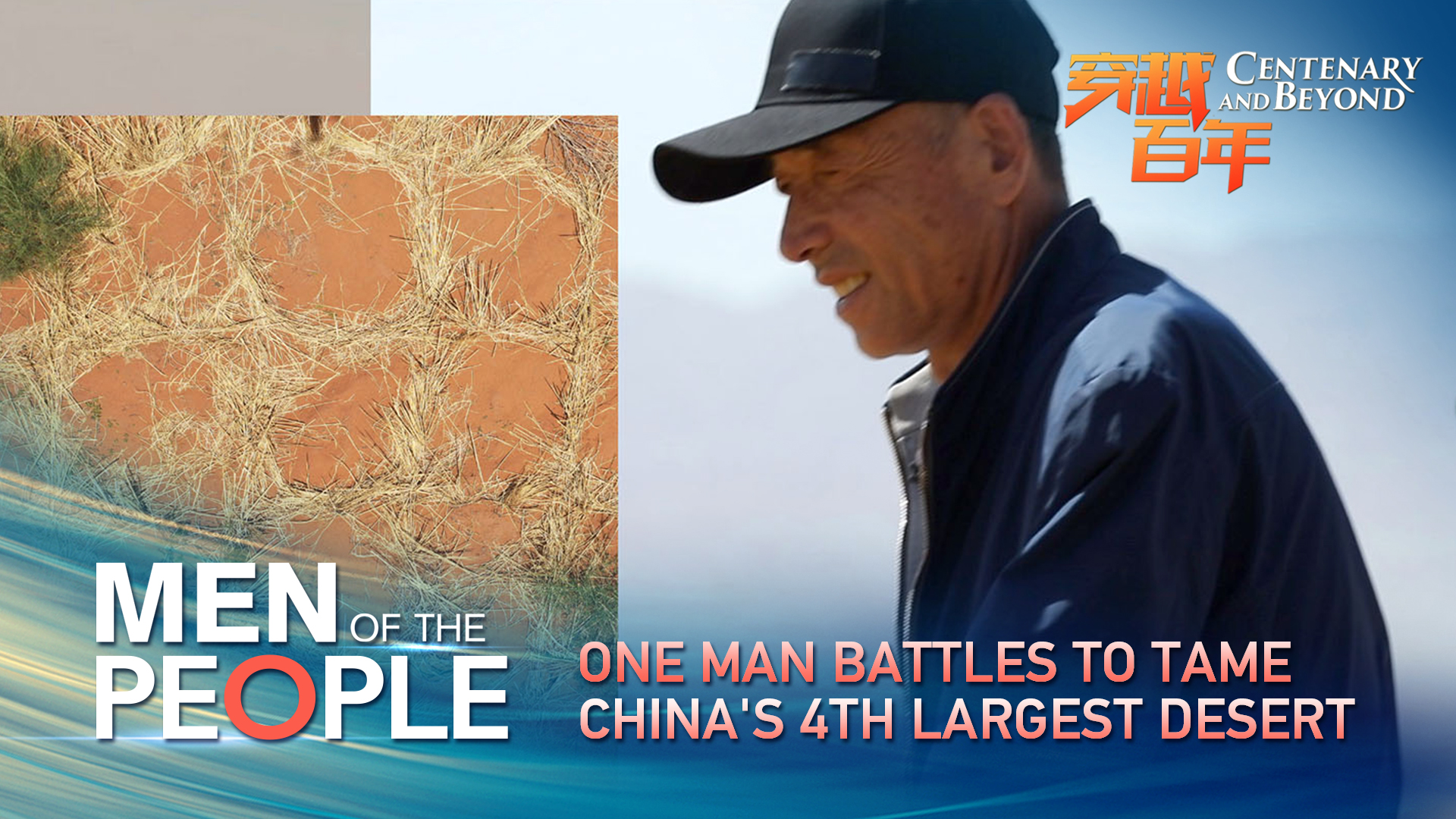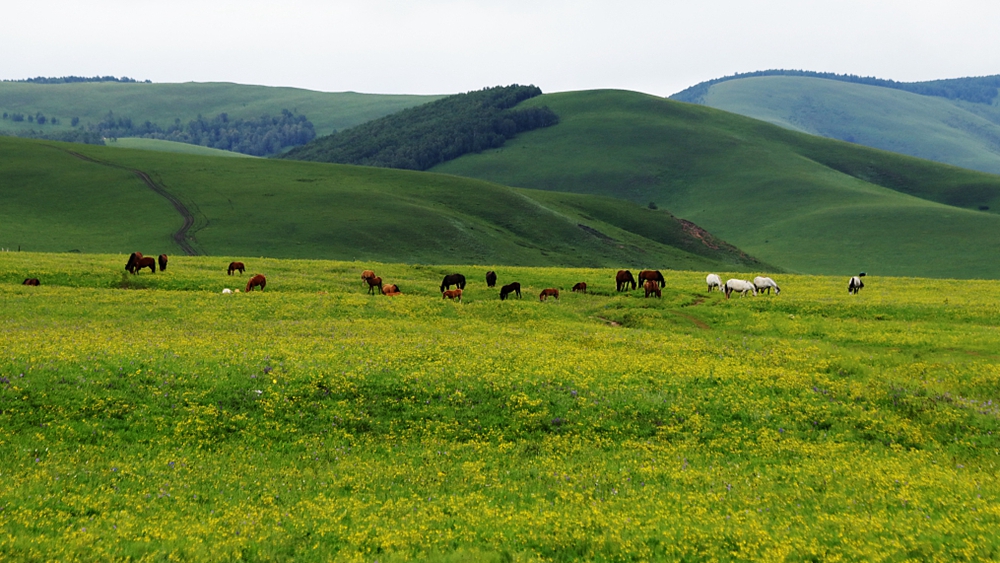05:59

"It's truly unbearable. I wondered if I could transfer somewhere else," said Tang Ximing, deputy head of Zhongwei Sand Stabilization Tree Farm, referring to his desert control job.
Zhongwei City in northwest China's Ningxia Hui Autonomous Region was once just a few kilometers away from the southern edge of the Tengger Desert, China's fourth largest desert, which is mostly in north China's Inner Mongolia Autonomous Region and stretches to parts of the Ningxia Hui Autonomous Region and Gansu Province.
But the distance has been expanding over the past several years due to Tang's efforts in controlling the desert's expansion.
Tang has devoted 30 years to fighting desertification in Zhongwei after graduating with a forestry major in 1991.
Maybe it was not the 55-year-old's ideal job at the beginning. He suffered from sandstorms so strong during childhood in Zhongwei that he dreamed of leaving and never returning.
"Every time after a sandstorm, sand would block the door on the second morning, so people could not get out of their homes," Tang said.
But Tang settled down and pursued the career of fighting desertification. One of his achievements is a seeding machine that can plant seeds in deserts with a higher survival rate and lower labor costs. "In the process, there is also a sense of satisfaction, so I persevered," said Tang.
"To be honest, through the efforts of my predecessors, and that of my own, the desert has turned into an oasis," he said.
"We are pushing forward 50 square kilometers annually. The Tengger (in our jurisdiction) is 1,120 square kilometers; we have managed 1,000 square kilometers. We are more than 80 percent done."
Tang said he hopes in the future he could exchange his experience and technology with counterparts in other regions and younger generations to contribute to turning more deserts into oases.

A view of Saihanba forest farm in Chengde City, north China's Hebei Province, July 28, 2018. /CFP
A view of Saihanba forest farm in Chengde City, north China's Hebei Province, July 28, 2018. /CFP
China is one of the countries most severely impacted by desertification that threatens the livelihoods of millions who also have to endure some of the world's severest sandstorms.
Since the founding of the People's Republic of China on October 1, 1949, the central government has introduced measures to solve the problem and mobilized succeeding generations to join in.
Thanks to such nationwide efforts, the area of sandy desert and stony desert in China shrank at an annual average speed of 1,980 and 3,860 square kilometers, respectively, statistics from the National Forestry and Grassland Administration show.
During the five years from 2016 to 2020, China conducted desertification controls on almost 11 million hectares, addressed stony desertification on 1.65 million hectares, and applied comprehensive treatment of soil erosion to an additional 310,000 square kilometers of land, according to the white paper titled "Responding to Climate Change: China's Policies and Actions", which was issued by the State Council Information Office on October 28, 2021.
China's endeavor in turning desert into oasis has also won praise from the international community.
For example, the Saihanba mechanized forest farm in north China's Hebei Province, the world's largest artificial plantation, won the 2021 Land for Life Award, which was designed by the United Nations Convention to Combat Desertification for individuals, communities and programs making outstanding contributions to the recovery and restoration of degraded landscapes worldwide.

